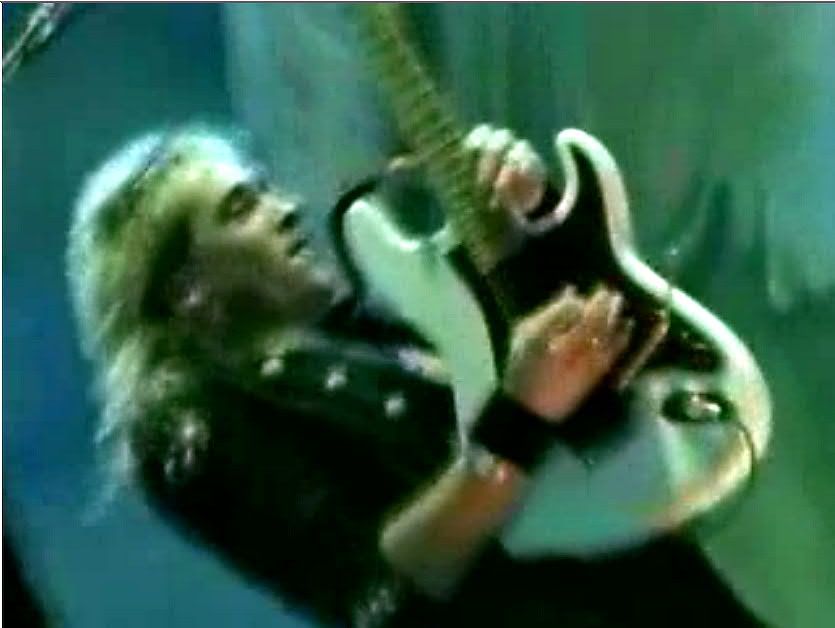Re: I am wondering where I can get a .....
[ QUOTE ]
Wait a minute! It might be possible...
What about a 22-fret neck that's 24.75" scale? I just measured my Soloist and the distance between frets 22 and 24 is exactly 0.75" so in theory a 22-fret 24.75" scale neck should be able to intonate properly.
[/ QUOTE ]
i thought 24 3/4" scale wasnt exactly 24 3/4"? or is that just gibson....
chris
[ QUOTE ]
Wait a minute! It might be possible...
What about a 22-fret neck that's 24.75" scale? I just measured my Soloist and the distance between frets 22 and 24 is exactly 0.75" so in theory a 22-fret 24.75" scale neck should be able to intonate properly.
[/ QUOTE ]
i thought 24 3/4" scale wasnt exactly 24 3/4"? or is that just gibson....
chris

Comment